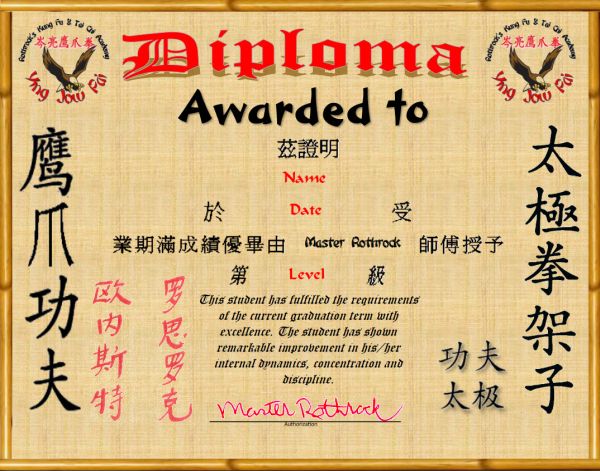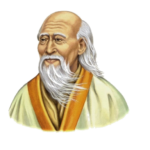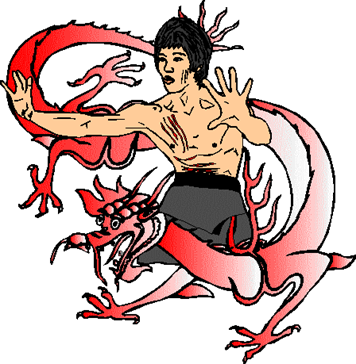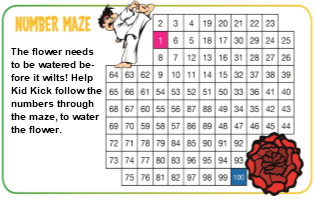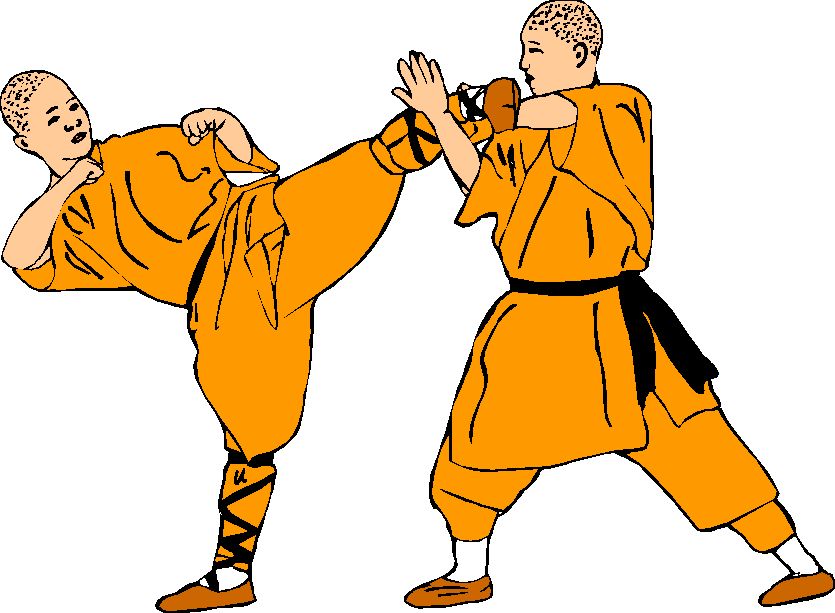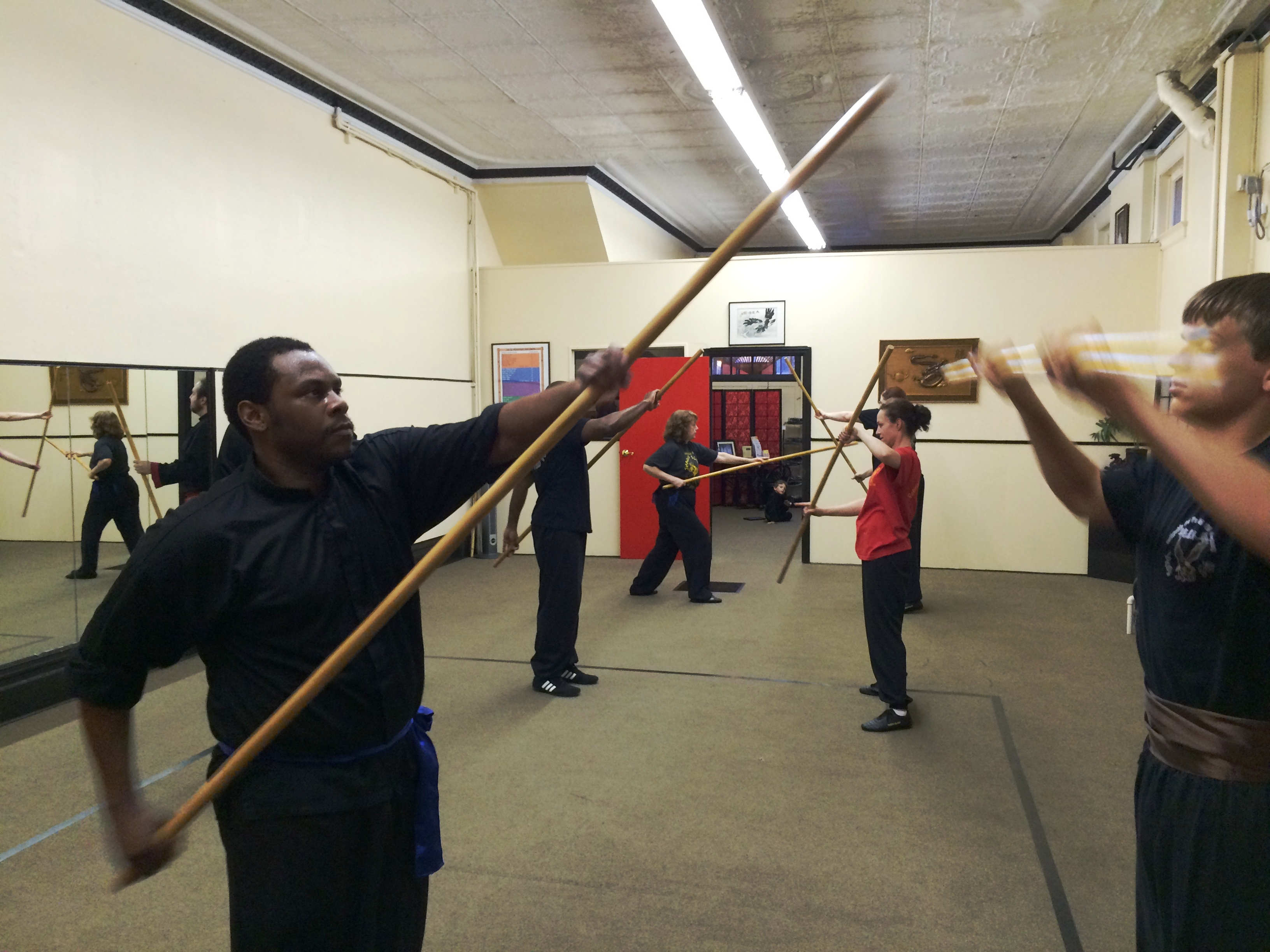Monthly Newsletter
My Promise to You! You will love every minute of your experience at the Academy. My friendly and professional staff will keep you motivated and work with you one-on-one so you never feel out of place or uncomfortable.
Table of Contents
Master's Notepad
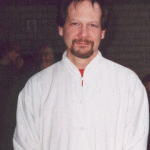
May is Mother's Day and Memorial Day. So, we are offering an excellent special for Mother's Day. That includes 6 weeks of unlimited Kung Fu or Tai Chi classes. This special is much better than a dinner out because you are keeping your mother healthy and happy, and it is a gift that will last a lifetime. We are offering $50 off this Mother's Day special for a limited time. Just go to:
https://www.rothrockskungfu.com/mom/
The Academy is closed
for Memorial Day on Saturday, May 25th, and Monday, May 27th. Rothrock's Kung Fu staff hopes everyone has a great holiday.
Remember, this month, if a friend joins or even when your mother gets the Mother's Day special, you'll get a FREE DVD and a link to the video online ($40 value) of your choice.
In this month's article, we discuss the Art of Blocking. Blocking is the act of moving, stopping, neutralizing, intercepting, or deflecting an incoming force, such as a kick, a punch, or a grab. The two tactical forces of blocking are power and guiding or deflecting. These two blocking forces break down into hundreds of blocking techniques. The article will deal with the two tactical forces to better understand the basic principles of blocking.
The animal this month is the Dragon. The Dragon develops alertness and concentration. Physical techniques are executed without strength, with emphasis placed on breathing. Movements appeared long, flowing, and continuous.
Self-defense this month is Thunder & Earth and Fire Dragon. The attack is an attack from behind. You'll be using your arms like the swinging tail of the Dragon to lock the opponent's arm to control the attacker.
The staff and I went to the Great Grandmaster Shum's birthday party. I met many of my training brothers. We all had a great time. We first traveled to Scranton to meet up with Alan. I also showed them the very first school I opened in 1972. We will have a complete write-up in a future newsletter.
As many of you know, Bill Drake received his Sifu Level. Please refer to him as Sifu Drake out of respect and for his 25 years of training.
This month is a unique Master Club class in the 2-Person Form. Two-person fighting sets teach you cooperation between you and your training brother. If you're practicing with someone smaller or larger, you learn to adjust your footwork to maximize each technique's results.
“Never look back unless you are planning to go that way.”
Keep Training,
Master Rothrock
Animal of the Month - The Dragon (Lung)
The dragon develops alertness and concentration. Physical techniques are executed without strength, with emphasis placed on breathing. Movements appeared long, flowing, and continuous.
The dragon stylist relies on various fighting techniques that can employ a wide range of needs. The style uses techniques that can cripple or kill an opponent if the need arises or are used merely to control a minor street fighting situation.
Lung Ying (Dragon form) focuses mainly on powerful, short-range attacks typical among Chinese kung fu styles. Gripping techniques and extensive use of forearms typify the art. The method was created as an aggressive combat art and operates under the underlying assumption that you are trying to disable your opponent to the point that they are no longer a threat in battle. However, these are not the only options a Lung Ying practitioner has. As such, Lung Ying employs many techniques to damage the opponent's joints through joint manipulation or direct striking, nullifying the opponent's defenses by breaking their stance or compromising their guard and thus their ability to defend and others. Like most styles, kung fu had limited kicks and jumps and consisted mainly of the fist, palm, and clawing techniques.
Power is generated from the waist using soft and hard jin (see neijin and waijin). Lung Ying training also involves extensive iron body training. Hardening the forearms is considered essential to the style as they are extensively used. Depending on the school, various techniques are used to toughen the body. Three to seven conditioning drills use pea buckets, weighted ropes, sandbags, and striking poles, which are common in Lung Ying schools. It isn't possible to separate Lung Ying conditioning from its methods; the two work hand in hand, each needing the other to be completely effective.
The Art of Blocking
Blocking is the act of moving, stopping, neutralizing, intercepting, or deflecting an incoming force, such as a kick, a punch, or a grab. The two tactical forces of blocking are power and guiding or deflecting. These two blocking forces break down into hundreds of different types of blocking techniques. This article will deal with the two tactical forces to better understand the basic principles of blocking.
Many blocking techniques, such as The Scissors, Hawk Wing, Crab Block, Butterfly, or One Finger Dragon, have fancy esoteric names. Still, no matter their name, they all deal with only two concepts: power blocks and redirection blocks. Power blocks are concerned with stopping or neutralizing the attacks, while redirection blocks deal with intercepting or deflecting the attacks.
Most blocking techniques involve footwork using various angles that move you away from the attack. This evasion tactic also puts you in a better position for a counterattack. Boxers move forward, backward, and to different angles, even in boxing.
As the name suggests, power blocks are strength-oriented powerful blocks that use force against force. These blocks use the forearms to block or stop the attack. You see this a lot in boxing matches. The arms are usually kept close to the body at a ninety-degree angle.
Power blocks are used in close combat situations when you do not have time to evade the attack. Again, a perfect example of this is boxing. Kung Fu power blocks emphasize power, not only to stop the attack but also to damage a joint or break bones. That means that while defending yourself, you also use your block as an offensive technique.
Redirection blocks or guiding blocks depend on angular footwork to move your body away from the attack and, at the same time, deflect the incoming force. Guiding blocks usually unbalance the opponent, which allows you to use that to your advantage for a counterattack. Deflecting blocks also benefit from taking away another attack by the adversary because of the opponent's unbalanced position.
Tai Chi uses redirection blocks as its only means of blocking. Tai Chi does not have any offensive attacks. Therefore, a Tai Chi practitioner only defends himself when attacked. He then uses a circular movement to deflect the attack and use that for his counterattack.
Redirection blocks always use some circular motion. Think of a ball. When the ball gets hit by force, that force moves off in a different direction. The same thing happens when using a circular block.
On the other hand, power blocks use power against power, and usually, the stronger person wins. That's why Kung Fu power blocks attack vital joints, muscles, and bones.
Three things are necessary for proper blocking: developing the technique through partner practice exercises, confidence in the blocking method by practicing unrehearsed attacks, and proper mental attitude. One of my instructors told me that no one could hit you unless you wanted to be hit. I always believed in this small piece of philosophy. The more you practice and develop this proper attitude, the more you will see this is true.
Remember, when approaching a defensive situation, always analyze what is happening around you. First, become aware of the situation before it happens. Second, put yourself in an advantageous position with plenty of room to move. Third, force the attack you want by watching the critical distance line. That takes away most attack methods, forcing the attacker to commit to only one move and advertising their intent. That way, you have plenty of time for what type of block you need to use, and you can use evasion to take away the opponent's strength and power.
Joint Flexibility
Joint flexibility keeps your joints healthy and loose. Inflexible joints can lead to arthritis, nerve damage, stiffness, and joint damage. Healthy joints require rotation, flexibility, and strength.
The full-range circular moves +of Kung Fu and Tai Chi rotate the joints as you build strength and improve your flexibility. That keeps your joints healthy and increases blood flow.
Since everything on your body is circular, circular movements are the best way to keep your body healthy. Plus, this is the way your body moves naturally. Therefore, straight and linear actions are less beneficial for your body.
As I mentioned, the Yin/Yang has two components: light and dark, strong and flexible. Therefore, a healthy body requires that you keep these two opposites in harmony.
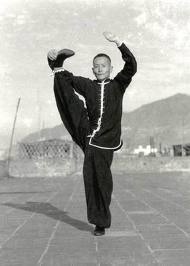
The Long Staff (Quan)
The long staff is one of the oldest weapons known to man. It was used to carry objects or as a walking stick. We learn this weapon to develop arm strength and for self-defense. Though it is impractical to carry on the streets, the same techniques can be applied to an umbrella, cane, or pool cue.
This is a very basic but important staff set for the beginner. It teaches the overall use of the staff, such as basic hand positions, blocking, thrusting, and poking techniques found in all Northern Staff sets.
Because of the basic understanding the student learns through this staff set, the journey to more complicated weapons will be much easier. Although it is easy to learn, it is sometimes very hard to remember. This is because all movements are exercised on both sides of the body and at different angles, so the body is well-balanced in its foundation.
Remember when learning the staff that one hand always grabs and locks the staff, while the other hand slides down the staff as you strike. This ensures that you consistently hit with the longer end of the stick. In Chinese martial arts, long weapons are used for longer reach. The staff is a long weapon. We always want to use the entire length of the staff to our advantage.
GOAL - TO LEARN THE PROPER BLOCKING, STRIKING, AND HAND POSITIONS
Welcome New Members
Lisa Martin
Carter Ward
Ellia Grace Schneider
Bill Coles
Joan Coles
Jaikob Coles
Esau Coles
John Szarek
Laura Martin
Atticus Nardini
Zia Tsang
Michael Tsang
Julia Meredith
Nico Mamakos
Oscar Mamakos
Vishwanath Sathish
Drew Penrod
Frank Bloise
Cindy Abbot
James Buhse
Melissa Pearson
Amy Cain
Kathleen Skotnicki
Craig Pearson
Dawn Uzdale
Aiden McHugh
Hailey Dube
Adam Johnson
Amir Cox
Giavanna Craig
Westley Bates
Darryl Adams
Rao Angara
Kaius Calhoun
Joshua Samuel
Susan Randall
Roy Wotring
Zion Scarbrough
Julie Dugas
Jerry Meyers
Joseph Stefani
Damien Baker
Devrick Johnson
Martin Karelitz
Naomi Ainsworth
Judy Meyers
Kathy Stefani
James Julin
Ann Vensel
Jean Rivers
Oluwatobi Titunyemi
Iyanuoluwa Titunyemi
Fae Gibson
Steve Gibson
Hunter Fennell
Bradon Henzes
Jeff Yakulis
Beth Arch
Gauge Perri
Michele Simpson
Selene Simpson
Karen Sabo
Copyright © Rothrock's Kung Fu & Tai Chi. All Rights Reserved
